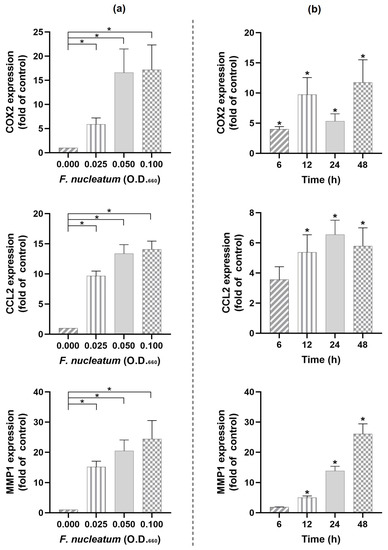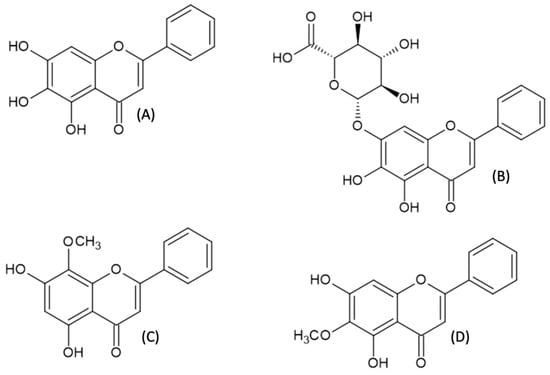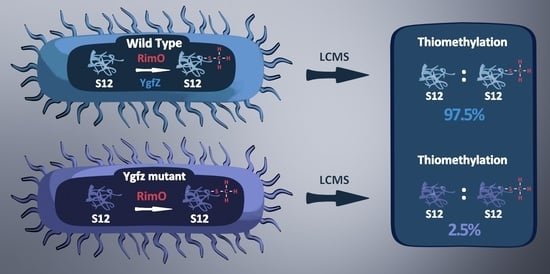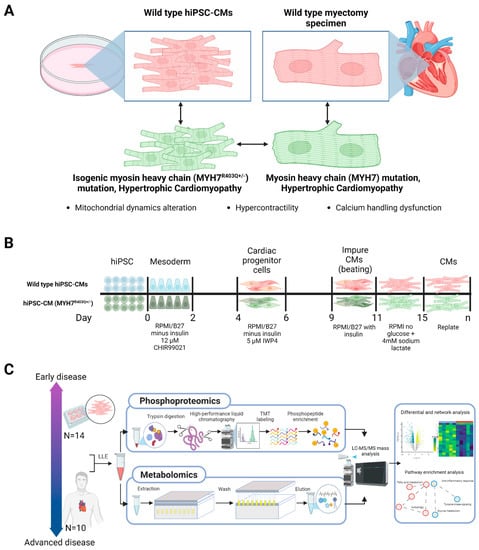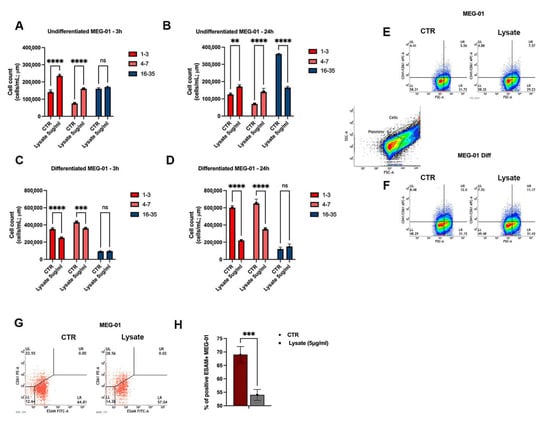1
Department of Periodontology and Operative Dentistry, University Medical Center of the Johannes Gutenberg University, 55131 Mainz, Germany
2
Department of Diagnosis and Surgery, School of Dentistry at Araraquara, São Paulo State University-UNESP, Araraquara 14801-385, SP, Brazil
3
Laboratory of Oral Microbiology, Department of Periodontology, University of Bern, 3010 Bern, Switzerland
4
Department of Periodontology, School of Dentistry, Ege University, 35040 Izmir, Turkey
Int. J. Mol. Sci. 2023, 24(5), 4733; https://doi.org/10.3390/ijms24054733 - 1 Mar 2023
Cited by 7 | Viewed by 2333
Abstract
This study aimed to explore effects of Fusobacterium nucleatum with or without apelin on periodontal ligament (PDL) cells to better understand pathomechanistic links between periodontitis and obesity. First, the actions of F. nucleatum on COX2, CCL2, and MMP1 expressions were assessed. Subsequently, PDL
[...] Read more.
This study aimed to explore effects of Fusobacterium nucleatum with or without apelin on periodontal ligament (PDL) cells to better understand pathomechanistic links between periodontitis and obesity. First, the actions of F. nucleatum on COX2, CCL2, and MMP1 expressions were assessed. Subsequently, PDL cells were incubated with F. nucleatum in the presence and absence of apelin to study the modulatory effects of this adipokine on molecules related to inflammation and hard and soft tissue turnover. Regulation of apelin and its receptor (APJ) by F. nucleatum was also studied. F. nucleatum resulted in elevated COX2, CCL2, and MMP1 expressions in a dose- and time-dependent manner. Combination of F. nucleatum and apelin led to the highest (p < 0.05) expression levels of COX2, CCL2, CXCL8, TNF-α, and MMP1 at 48 h. The effects of F. nucleatum and/or apelin on CCL2 and MMP1 were MEK1/2- and partially NF-κB-dependent. The combined effects of F. nucleatum and apelin on CCL2 and MMP1 were also observed at protein level. Moreover, F. nucleatum downregulated (p < 0.05) the apelin and APJ expressions. In conclusion, obesity could contribute to periodontitis through apelin. The local production of apelin/APJ in PDL cells also suggests a role of these molecules in the pathogenesis of periodontitis.
Full article
(This article belongs to the Collection Oral Inflammation—Environment, Molecules, and Cells in Oral Physiology and Pathology)
▼
Show Figures

